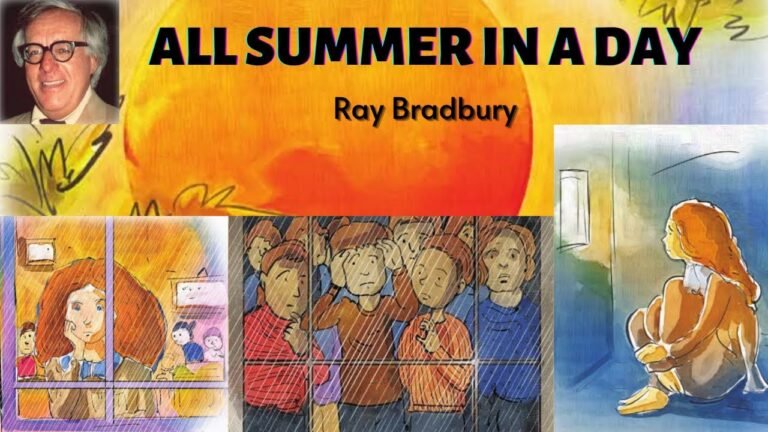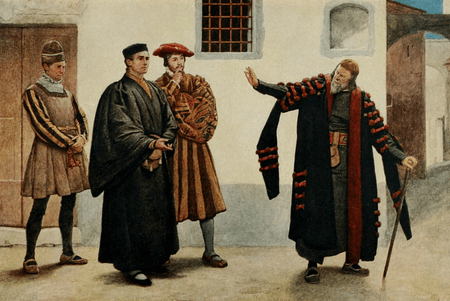Pabington: Complete Guide to History, Culture, and Modern Relevance
Pabington is a term associated with unique cultural significance, heritage value, and modern-day adaptability. It represents a synthesis of tradition, locality, and development. The concept has evolved to describe a place identity, lifestyle structure, and symbolic marker for historical and contemporary contexts.
Origins of Pabington
Pabington originated as a local settlement reference. Historical records highlight its early recognition as a community nucleus. The settlement acted as a hub for trade, agriculture, and family organization. Its naming convention derived from Anglo-Saxon linguistic roots, which combined “Pab” for pastoral and “-ington” for homestead.
Geography of Pabington
Pabington is known for its balanced landscape. It combines rolling plains, water-rich lowlands, and fertile farming soils. Clear river basins support agriculture, while wooded areas maintain ecological balance. The location fosters a sustainable ecosystem for rural and semi-urban life.
Historical Development of Pabington
Medieval Influence
During the medieval era, Pabington evolved as a feudal village. Lords managed estates, while serfs cultivated land. Churches acted as community centers.
Industrial Transformation
In the 18th century, Pabington shifted from agrarian to industrial engagement. Small workshops introduced weaving, milling, and early iron tools.
Modern Transition
By the 20th century, Pabington adapted to new transportation systems, better schooling, and diversified employment.
Economy of Pabington
The Pabington economy integrates multiple sectors.
-
Agriculture provides cereals, vegetables, and livestock.
-
Manufacturing supplies textiles, timber, and processed goods.
-
Services include education, healthcare, and retail trade.
-
Tourism adds value through cultural festivals and historic architecture.
Demographics of Pabington
Pabington records steady population growth. Families structure communities with generational depth. Education rates are above average. Health access improves longevity. Employment diversity enhances income stability.
Culture and Traditions of Pabington
Culture in Pabington thrives on heritage.
-
Seasonal fairs celebrate harvest cycles.
-
Folk music and local crafts sustain identity.
-
Traditional attire symbolizes historical continuity.
-
Storytelling preserves oral history.
Landmarks of Pabington
Pabington Castle
Known for Gothic arches and stone fortifications.
Pabington Hall
Famous for Georgian architecture and art collections.
Pabington Market Square
Active trading hub for local products.
Education in Pabington
Schools in Pabington emphasize structured learning. Primary, secondary, and vocational institutions create balanced growth. Higher education promotes research in history, technology, and agriculture.
Governance of Pabington
The local council manages policies. Infrastructure development, waste management, and transport fall under civic planning. Elected representatives ensure fair regulation.
Tourism in Pabington
Tourists visit Pabington for cultural depth. Attractions include:
-
Historic buildings
-
Agricultural tours
-
Annual festivals
-
Countryside walking trails
Infrastructure of Pabington
Pabington integrates roadways, rail connections, and modern digital systems. Clean water supply and renewable energy projects expand. Housing balances affordability with tradition.
Pabington Sector Overview
| Sector | Contribution (%) | Highlights |
|---|---|---|
| Agriculture | 40 | Wheat, barley, livestock |
| Manufacturing | 20 | Textiles, timber, crafts |
| Services | 30 | Education, retail, healthcare |
| Tourism | 10 | Castles, fairs, countryside tours |
Festivals of Pabington
-
Harvest Fair – Celebrates autumn crops.
-
Spring Blossom Day – Marks renewal and planting.
-
Pabington Music Night – Features folk and classical.
-
Heritage Parade – Displays costumes and carriages.
Notable Figures of Pabington
-
Henry de Pabington – Medieval knight recorded in chronicles.
-
Sarah Pabington – Philanthropist active in 19th-century education.
-
Thomas Pabington – Inventor credited with agricultural tools.
Future of Pabington
Pabington focuses on sustainability. Renewable farming, eco-tourism, and digital transformation shape growth. Education and cultural heritage remain core values.
Quick Facts about Pabington
-
Origin: Anglo-Saxon roots
-
Economy: Mixed agriculture and industry
-
Culture: Fairs, music, crafts
-
Landmarks: Castle, Hall, Market Square
-
Population: Steadily rising
-
Governance: Council-led system
FAQs
What is Pabington?
Pabington is a historic settlement known for cultural heritage, agricultural strength, and modern sustainability projects.
Where is Pabington located?
Pabington is located in a balanced landscape with rivers, plains, and fertile soils, making it ideal for both farming and settlement.
What is Pabington famous for?
Pabington is famous for historic castles, seasonal fairs, cultural music, and rich agricultural output.
How old is Pabington?
Pabington traces its roots to medieval settlements and evolved through feudal, industrial, and modern stages.
Why visit Pabington?
Tourists visit Pabington for its heritage landmarks, countryside charm, traditional fairs, and local crafts.
Who are notable figures from Pabington?
Historical records mention Henry de Pabington, Sarah Pabington, and Thomas Pabington as significant figures.
What industries drive Pabington’s economy?
Agriculture, manufacturing, services, and tourism drive Pabington’s economy with diversified contributions.
What festivals are celebrated in Pabington?
Festivals include Harvest Fair, Spring Blossom Day, Pabington Music Night, and the Heritage Parade.
Learn More: What Does “Today S72E279” Mean?
Tech Talk Silk Test: The Ultimate Guide to Enterprise Automation
Conclusion
Pabington symbolizes continuity between past and present. It integrates culture, economy, education, and governance into a unified identity. With sustainable projects and heritage preservation, Pabington stands as a model for balanced regional growth.







